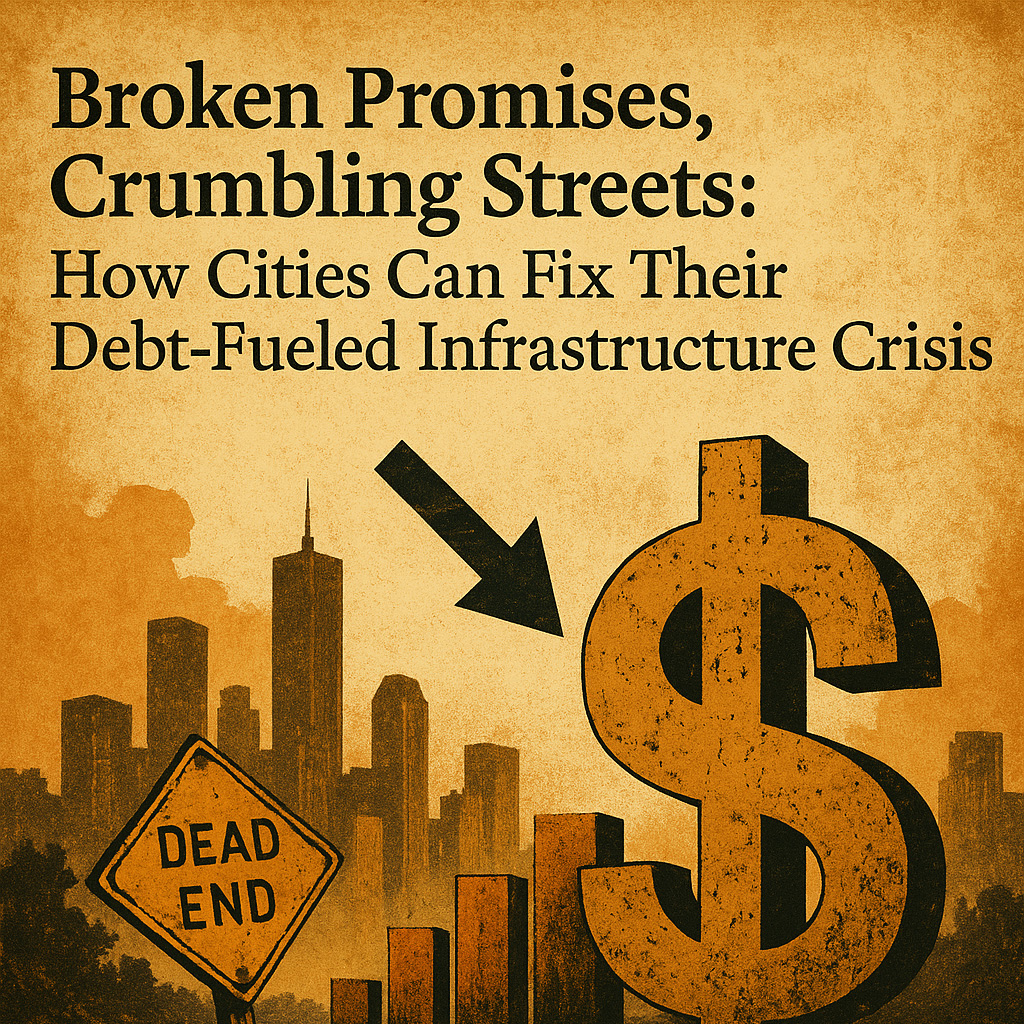The success of any capital improvement plan or program hinges on the establishment of a clear and realistic time frame. A well-defined time frame not only provides a roadmap for the project but also ensures that all stakeholders are aligned and aware of the project’s progress. It allows business owners, project managers, and stakeholders to set expectations, allocate resources effectively, and monitor the project’s milestones.
One of the primary reasons why establishing a clear time frame is crucial for a capital improvement plan is that it helps in managing costs. By setting specific deadlines for each phase of the plan, businesses can better estimate their expenses and allocate funds accordingly. This enables them to avoid overspending or delays that could lead to financial losses.
Moreover, a defined time frame allows for better coordination among different teams involved in the capital improvement plan. With everyone working towards common deadlines, communication and collaboration become more streamlined. This minimizes misunderstandings, reduces conflicts, and increases overall efficiency.
Another important aspect to consider when determining the time frame for a capital improvement plan is external factors that may influence its duration. These factors can include regulatory requirements, permits, weather conditions, availability of labor or materials, and even unforeseen events such as natural disasters or economic downturns. Understanding these variables upfront helps in setting realistic timelines and accounting for potential delays or disruptions.
In order to develop a realistic time frame for a capital improvement plan, there are several key steps that need to be taken. First and foremost, it is essential to conduct thorough research and analysis of the project scope and objectives. This includes assessing the complexity of the plan, identifying potential risks or challenges, and estimating resource requirements.
Once this initial groundwork is complete, it is important to engage all relevant stakeholders in the planning process. This ensures that diverse perspectives are considered and that everyone has buy-in into the proposed time frame. Regular communication with stakeholders throughout the project also helps in managing expectations and addressing any concerns or issues that may arise.
Furthermore, it is crucial to break down the capital improvement plan into smaller, manageable tasks or milestones. This allows for better tracking of progress and provides an opportunity to reassess timelines if necessary. Regular monitoring and evaluation of the project’s status against the set time frame enable timely adjustments and proactive problem-solving.
Factors Influencing the Duration of a Capital Improvement Plan
When developing a capital improvement plan, it is crucial to consider the factors that can influence its duration. A capital improvement plan is a long-term strategy that outlines the investments and projects needed to improve or maintain infrastructure, facilities, or equipment. The duration of such a plan can vary depending on several key factors.
Budget constraints play a significant role in determining the duration of a capital improvement plan. Limited financial resources can impact the ability to undertake multiple projects simultaneously or within a short timeframe. It may be necessary to prioritize projects based on their importance and urgency, which can extend the overall duration of the plan. Additionally, securing funding for major capital improvements can be time-consuming, especially if external sources such as grants or loans are required.
The scope of the project is another important factor that influences the duration of a capital improvement plan. Larger and more complex projects tend to require more time for planning, design, and execution. For example, constructing a new building or upgrading an entire infrastructure network may involve extensive coordination with various stakeholders, obtaining permits and approvals from regulatory authorities, and conducting thorough environmental assessments. All these processes take time and can significantly impact the overall duration of the plan.
Availability of resources also plays a crucial role in determining how long a capital improvement plan will take to complete. Resources include not only financial means but also human resources, materials, and equipment. If there is limited availability of skilled labor or specific construction materials needed for certain projects, it can cause delays in project timelines. Similarly, if there is insufficient equipment or machinery to carry out necessary tasks efficiently, it may prolong the overall duration of the plan.
Regulatory requirements are yet another factor that affects the timeline of a capital improvement plan. Depending on the nature of the project and its location, various regulations and permits may need to be obtained before construction or implementation can begin. These regulatory processes often involve multiple steps such as environmental impact assessments, public consultations, and compliance with building codes. Navigating through these requirements can be time-consuming and may extend the duration of the plan.
Key Steps in Developing a Realistic Time Frame
Developing a realistic time frame for a capital improvement plan is crucial for its successful implementation. It involves a series of key steps that help project managers and stakeholders understand the scope of work, allocate resources effectively, and ensure timely completion of tasks. By following these steps, businesses can set achievable goals and objectives, identify project tasks and dependencies, estimate task durations, and create a comprehensive project schedule.
Defining Project Goals and Objectives
The first step in developing a realistic time frame for a capital improvement plan is to define clear goals and objectives. This involves identifying the desired outcomes of the plan or program and understanding how it aligns with the overall strategic vision of the organization. By clearly defining these goals and objectives, project managers can establish a framework for decision-making and prioritize tasks accordingly.
When defining goals and objectives, it is important to consider factors such as budget constraints, resource availability, and stakeholder expectations. This will help ensure that the time frame is realistic and achievable within the given constraints. It may be necessary to consult with relevant stakeholders, including business owners, department heads, or external consultants to gather input and gain consensus on the desired outcomes.
Identifying Project Tasks and Dependencies
Once the goals and objectives are defined, the next step is to identify all the tasks required to achieve them. This involves breaking down the project into smaller components or work packages that can be assigned to specific teams or individuals. Each task should have clear deliverables, dependencies on other tasks or resources, estimated durations, and responsible parties.
To identify project tasks accurately, it is important to involve subject matter experts who have a deep understanding of each component. These experts can provide insights into potential challenges or bottlenecks that may impact task durations or dependencies. By considering these factors early on in the planning phase, project managers can mitigate risks and develop contingency plans if needed.
Estimating Task Durations
Estimating task durations is a critical step in developing a realistic time frame for a capital improvement plan. It involves assessing the amount of time required to complete each task, considering factors such as complexity, resource availability, and potential risks. Accurate task duration estimates help project managers allocate resources effectively and identify any potential delays or bottlenecks.
One common approach to estimating task durations is to use historical data from similar projects or industry benchmarks. This provides a baseline for estimating how long each task is likely to take based on past experiences. However, it is important to consider the unique characteristics of the current project and adjust the estimates accordingly.
In addition to historical data, project managers can also rely on expert judgment and input from team members who will be responsible for executing the tasks. By involving the individuals who will perform the work in the estimation process, project managers can gain valuable insights into potential challenges or opportunities that may impact task durations.
Creating a Project Schedule
The final step in developing a realistic time frame for a capital improvement plan is to create a comprehensive project schedule. This involves sequencing tasks in logical order, taking into account their dependencies and estimated durations. A well-designed project schedule allows project managers to visualize the entire timeline of the plan or program and identify critical milestones or deadlines.
There are various tools available that can assist in creating a project schedule, such as Gantt charts or project management software. These tools enable project managers to assign resources, track progress, and monitor task dependencies effectively. By regularly reviewing and updating the project schedule throughout the implementation phase, project managers can ensure that tasks are completed on time and within budget.
Conclusion
The time frame for a capital improvement plan is crucial for its successful implementation. Without a realistic and well-defined timeline, it becomes challenging to track progress, allocate resources effectively, and achieve desired outcomes. A clear time frame provides structure and accountability, ensuring that all stakeholders are on the same page and working towards a common goal. It allows business owners and project managers to set milestones, monitor performance, and make necessary adjustments along the way.
Factors such as the scope of the project, available resources, and external dependencies can influence the duration of a capital improvement plan. Larger projects with complex requirements may require longer time frames to ensure thorough planning and execution. Limited resources or budget constraints can also impact the timeline by affecting the speed at which tasks can be completed. Additionally, external factors such as regulatory approvals or permits might introduce delays that need to be accounted for in the time frame.
Developing a realistic time frame involves several key steps. First, it is essential to thoroughly assess the project’s requirements and identify all necessary tasks and milestones. This step ensures that no critical elements are overlooked when creating the timeline. Next, project managers should engage with relevant stakeholders to gather input and insights regarding potential challenges or constraints that could affect the duration of the plan. Collaboration with team members who have expertise in different areas can help create a comprehensive time frame.
In conclusion, establishing a clear time frame for a capital improvement plan is vital for its success. By considering factors influencing its duration and following key steps in developing a realistic time frame, business owners and project managers can ensure effective planning, execution, and completion of their capital improvement initiatives. With a well-defined timeline in place, stakeholders can work together towards achieving their desired outcomes within the allocated resources and constraints.
At Front Line Advisory Group, we are pioneers in Capital Improvement Bond Management, leveraging unparalleled expertise and deep industry insights. Our mission extends beyond consultation – we empower our clients to realize the full potential of their investments, ensuring tax dollars are put to maximum use through astute Program Management Consulting. For more information or to commence your journey towards transformative bond management, reach out to us at info@frontlineadvisorygroup.com













